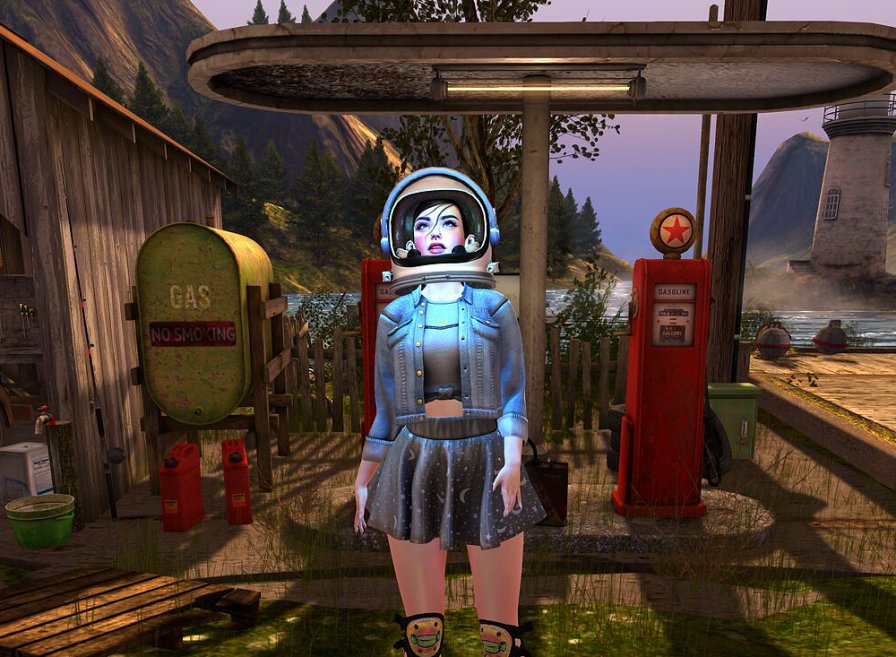We are celebrating the end of the decade through lists, essays, and mixes. Join us as we explore the music that helped define the decade for us. More from this series
Mass consensus is a weird phenomenon. It suggests that what people share is more valuable than what each of us keeps close; it’s a Campbellian reflex that we haven’t shaken out of what we do here (primarily, tell you what we like and what we don’t.) Then again, perhaps this tendency, of seeing your joy reflected in some other body’s curled lips or bobbing head or twisting waist, demonstrates a rare kind of empathy that difference has difficulty climbing inside of. Perhaps we revel in shared intrigue, because it’s simply how we relate with one another, how we make friends or navigate space or get jobs; perhaps all of that is still important and worth discussing around a rectangle. Perhaps, still, it’s just how our faulty algorithms function. But y’all know that we like other shit too, right? That some of us don’t love James Ferraro or that more than a few of us still love Taylor Swift (both absent from this list)?
Every year around this time, there is a discussion among writers here at TMT (and readers too, I imagine) about what list-making really means, functionally and politically. We’ve been intentional about calling our lists “favorites,” subtly calling out publications that still publish lists like “Best Albums” or “Top Tracks,” but what does “favorite” mean? And how do we individually arrive at what we “favor?” How should we? How shouldn’t we? What does it mean when nobody’s Number 1 Album ends up our Number 1 Favorite or when one Flame outshines like a hundred other brilliant hues or when our favorite hits are made by shitty people or when perfect 5/5 albums miss our lists entirely or when modern classics drop in late December or when review & blurb completely clash or when NEARLY (with exceptional exceptions) every AOTY these past 10 years was crafted by a man?
These conversations that result in content are messy; if you’ve ever read a Tiny Mix Tapes list this decade, you can see these stains and holes all over. This is a list of stains and holes that missed our Main List of stains and holes. Some of them, familiar, remained preserved in time, growing sideways where they surface here with new perspective (Dawn Richard, Holly Herndon, Pharmakon); some were early-decade decadents that smoldered softly in our hearts as glitter burned around us (Sleigh Bells, WU LYF, Broken Water); some arrived here forgotten champions, untelevised or overshadowed (RP Boo, Niño de Elche); some were deeper cuts that averages just couldn’t crack (Motion Sickness of Time Travel, Michael Pisaro).
And yet, none of these were tangent, but embodied in our heart-shaped boxes where we keep our drugs and feelings, not print-outs of Pazz & Jop lists and safe MOR recommendations from our coworkers. These expressions are what shaped us when we went home searching for a laugh (The Lonely Island) or an “Audience of One;” they’re what made us feel unique when we needed that kind of confidence in self over solidarity. Still, in their mere materiality, all lists can feel deceiving or alienating or cheap or obvious or ostentatious or exclusive. This particular one was compiled from writers’ individual lists, and though it boasts no underlying consensus or narrative or corrective agenda, it’s still just a list. As such, it won’t change how lists are read or how they’re made, but I can assure you that our labor in presenting it here was pure (x) love for blabbering about what(ever else) got us through these past 10 heavy-ass years, and after enduring a month of torrential wordstorms about why stuff we already hate or love is important, we all deserve a reminder that sometimes you just need to shout out your favorite things. Here are a few of ours.
2 8 1 4
新しい日の誕生 (Birth of a New Day)
[Dream Catalogue; 2015]
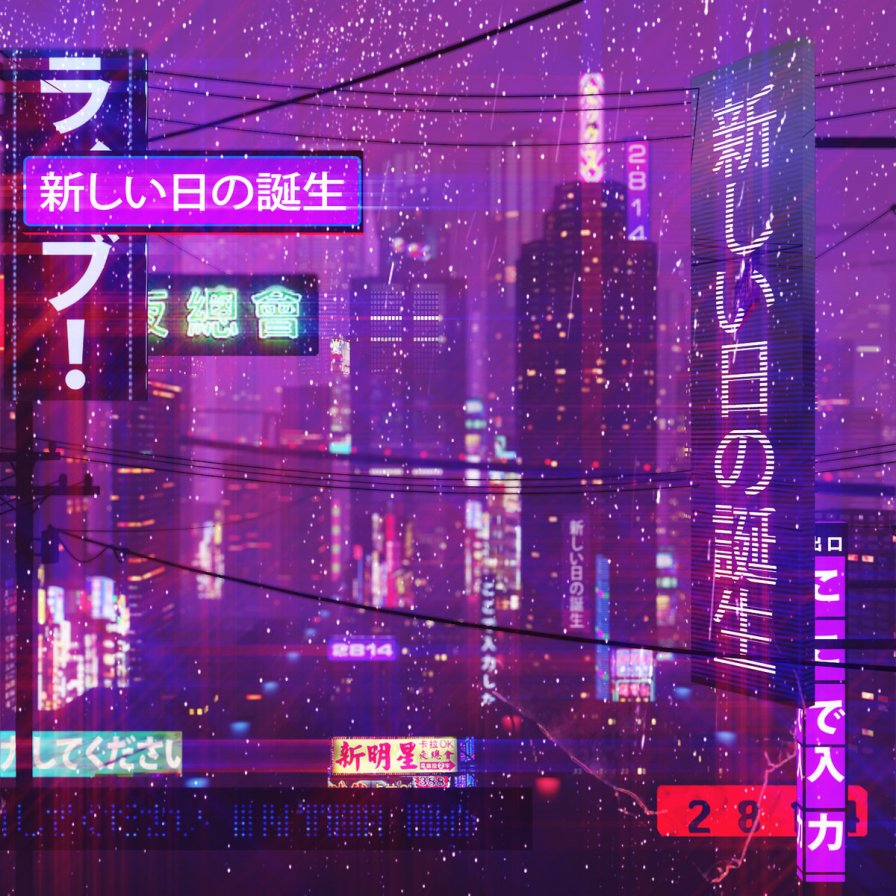
HKE and Telepath spent the decade making some of the best ambient and dub techno to come out of the vaporwave scene, but 新しい日の誕生 was in a league of its own. For me — and because of that cover art, surely so for others too — it was the soundtrack to my first explorations of Tokyo, alone and lost and wondering about everything and nothing, caught in the July rain trying to find a place for myself in this crowded world. The jet lag had me pretty bad. At night, I would lay awake wondering when things in my life would start to make sense. By daybreak, I was exhausted, desperate to get out of my mind. As I listened to 新しい日の誕生 and wandered about, I never quite could. It was as if I watched the world from behind a screen. Still, however distantly, I could feel its warm heart. For years after I left, I craved the melancholy solitude of those long walks without purpose, form falling away, the world lost in a neon purple mist. The city, now more than ever, feels so big and unknowable. How many of these city dwellers were once caught in the rain, looking forward to a new day?
Ariana Grande
thank u, next
[Republic; 2019]

A theory of ghosts toward visitation as curative: that which haunts us wouldn’t if we didn’t tell its story. We author what lingers in the world by shaping the spaces that will house the haunt. This is not parasitism. This is memorializing in ectoplasm, the turning of memory outward. This is no mere metaphor either; in so much as we’re susceptible to being revisited by howling sensations (lust, grief, anger, melancholy), so too are we vulnerable to the shadows that inspire them. We twirl dissipated love ‘round spectral strands until a new want can be fortified with that which was, when loss becomes convex. We inoculate our futures in consideration with these apparitions, and we don’t decode ghosts: they unlock who we’ll be when we get to next. We carry so many phantoms in our bones and in our blood. We put them there. And sometimes we lean on the other fleshy bodies in our days to help us metabolize them and sometimes it’s the ghost alone who helps us heal. Don’t banish what came before, passed on, sought to reduce you, loved you in totality; cling to these things and render them — remember them — as shades that point to your now. And when you are able, sing and sigh and dance in fluorescence. Glean new ghosts. Live toward next.
Armand Hammer
ROME
[Backwoodz Studioz; 2017]
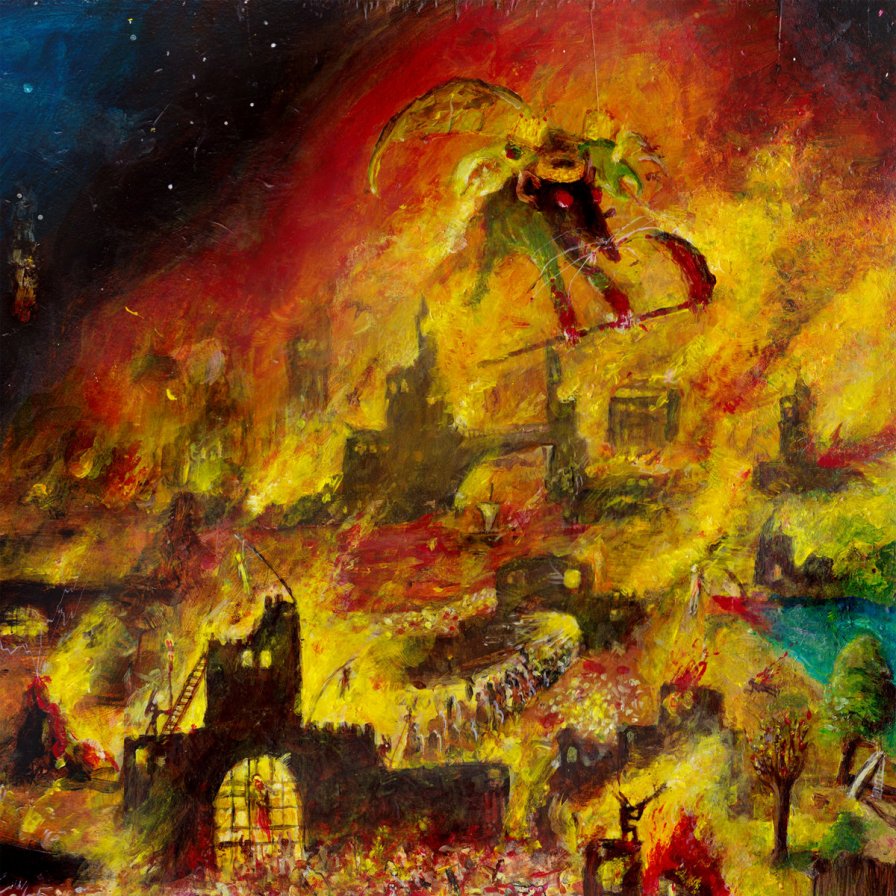
The American Dream Serpent choked on its tale. This was not a country in decline. This was the end. Did we laugh in the face of doom, or did we take the time to truly love ourselves, partners, and neighbors? ROME offered ample reason and opportunity for both. The album opened with a sonic embodiment of the cover art: a scorched-earth fiefdom overrun by a towering reaper rat. Elucid time traveled à la Black Quantum Futurism; billy woods traversed the diaspora, playing in the rubble. ROME was ultimately where the themes that these two clashing titans have unpacked through the decade — neocolonial strife, perpetual displacement, gallows-humor fatalism, inexorable autonomy — coalesced in a moment of entropic cartography. They talked that shit. The chickens came home to roost. The multiverse smiled back, and it looked like a pair of crowns. Armand Hammer’s era-defining effort yielded one of the best albums of all time, including the following bars of the decade: “Empire cycle, what a time to be sedated/ Narco haven, the lower the wage the bigger the gauge is/ With no regard to rising inflation/ Doubling down on shackling multiple generations in cages/ Free every goddamn body/ Free every goddamn body.”
Belong
Common Era
[Kranky; 2011]
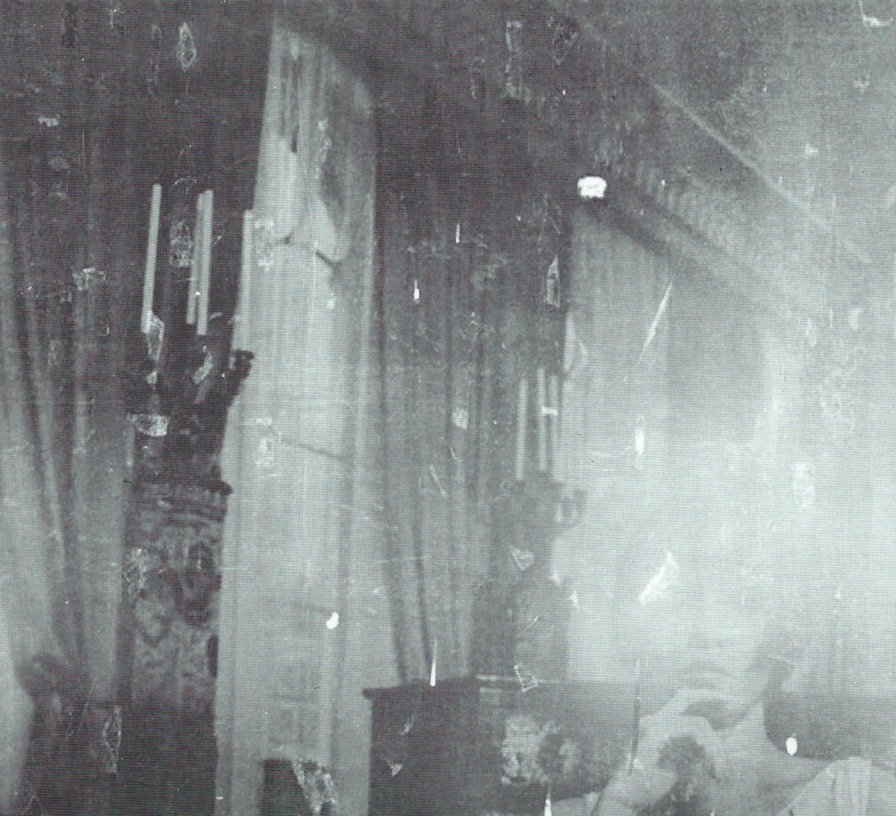
“We are more than halfway done with another LP. It will be released on Kranky either later this year or very early next.” So said Belong’s Turk Dietrich to FACT when Common Era came out. Not sure what happened, but this third album sadly never came to pass. Dietrich resurfaced in 2016 in the experimental IDM duo Second Woman (with Telefon Tel Aviv’s Joshua Eustis) and this year with Duane Pitre as First Tone, but what became of Michael Jones is a mystery. Also in this interview, Dietrich had considered that fans of 2006’s October Language might be disappointed with this one. Could be they were, and perhaps that’s what stopped the project in its tracks. But, to some of us, Common Era became a resilient essential. And much like Helen’s The Original Faces, the album’s eventual one-off status has only added to its rarefied appeal. Without reinventing the wheel, this flawless collection of washed-out pop nonetheless felt innately essential. Though the distancing was intentional here, the pleasing effect was not unlike the happy (for us anyway) mixing accident of Akina Nakamori’s Fushigi. Common Era was an album of both numbing flatness and swaddling density, an opaque nightswim for the hyper-sensitive and gloriously aloof alike. We may never get another Belong record. However, especially having skipped the expectation merry-go-round of a larger discography, few go out this strong.
Blood Orange
Freetown Sound
[Domino; 2016]
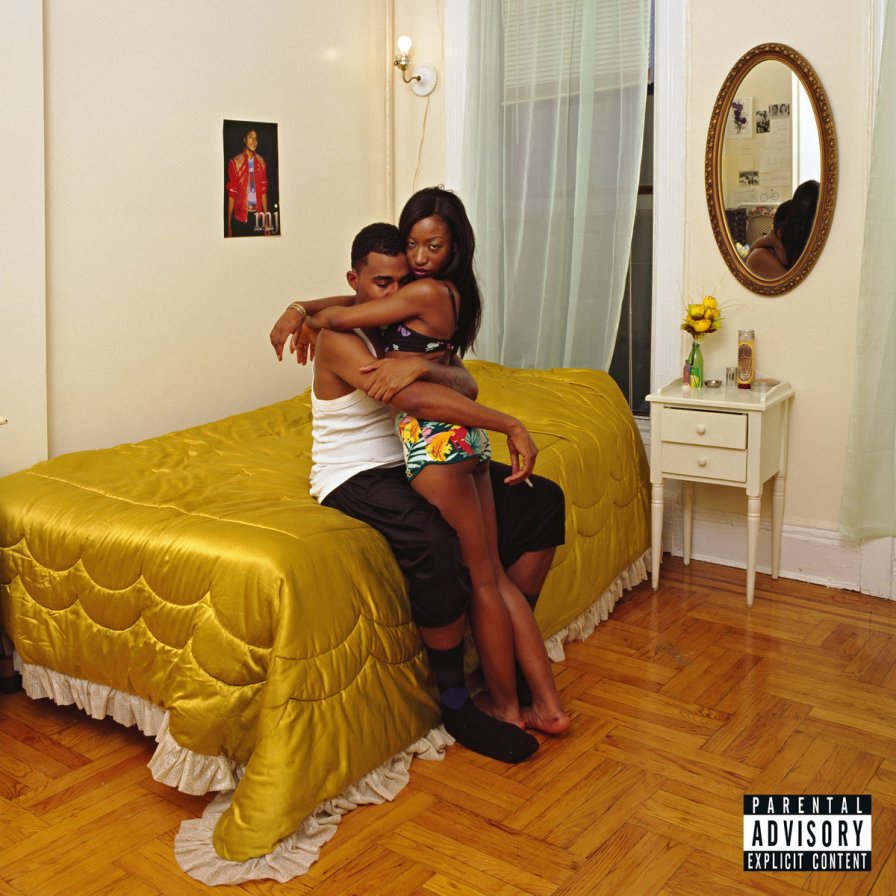
The other day, I called my best friend who lives in New York to talk about my nervousness surrounding writing as a white author about an album centered on black grief. They tell me they don’t really want to listen to the album right now. “You don’t have to relive what I do.” They introduce me to Slave Play. We talk about Dev as behind-the-scenes in two of this decade’s best songs. I bring up my tendency to compare this record to nothing other than What’s Going On. After all, it’s a narrative of listening, a one-way dialogue with a weeping world. It’s “not even an album.” It’s an ode (they love living in New York). It’s an elegy (I hate that they live in New York). It’s a voicemail. It’s a sticky note left by the ashtray for when you wake up that says “I’ll be back soon.” But will you? The pain of Freetown Sound could not be bought or sold. The project was a death of etymology, a crying out not from the blows of the past, but from the infinite swarm of trauma from the present. Its strickenness sourced from simultaneous communal grieving. But it was also pop, it was love. It embraced and it gave thanks to the community that could just as well be two people as 42 million. Before we hang up, they tell me they love me, and I say “I love you too.” I realize that I miss them so much that my heart is breaking.
Broken Water
Whet
[Night People; 2010]
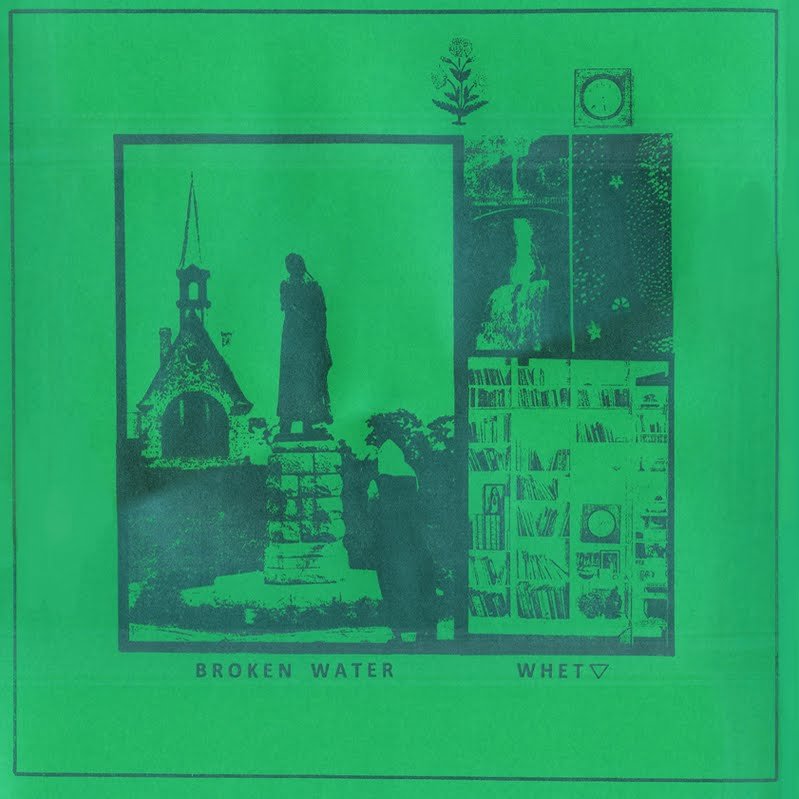
The Pacific Northwest — and the sound it bequeathed a tired nation nearly 20 years before — was a dormant force on mainstream and underground music this decade. The region wasn’t dead, mind you, but it had become a hotbed of tech startups and behemoths alike. The flannel that was once its battle flag was no longer flying but laying in gutters, tattered as a forgotten memento. Olympia’s Broken Water wandered those streets, found the once-fashionable tartan, and gave it new life. Whet was not emblematic of a discarded sound, but rather of a region that became as disposable to pop culture as the music and spirit siphoned from it in the preceding years. Yet, its muddled production and heavy crunch not only recalled the area’s subterranean pop past, but also the electricity of its forebears such as the Sonics, with its lilting jangle amidst the grungy production. Despite expanding their sonic palate until they quietly dissolved in 2017, the band’s production never abandoned the sound of Whet, a sound both of the area and of the band itself that went into slumber alongside Broken Water.
Burial
Rival Dealer
[Hyperdub; 2014]

Despite being contentiously received upon its release, Burial’s “anti-bullying” EP arguably set the tone for the most influential music of the decade, turning the former dub-stepper’s refined miserablist aesthetic inside out, embracing cut-and-paste editing, rapid emotional shifts, and schmaltz alongside techno, big beat, and house. Rival Dealer ended up as a sort of crux for the decade in electronic music, summing up its conflicts of affect/sincerity and loop/narrative in brilliantly knotted fashion. As “you are a star!” rang out over an ascendant sample, Burial crumpled past/future and irony/sincerity. Elegiac yet starry-eyed, this was the sound of temporalities collapsing into hope. For the first time, Burial moved past the melancholy of the hauntological to a sound in which those ghosts of lost futures finally ruptured and broke open the present through emotional heft and muscular verve. The cheese of his samples performed the same joyful reformatting of signs that vaporwave and PC Music did, but through different, more aching tools, through more overt time-crumpling. Knee-jerk transitions rammed us through stylistic and emotional shifts; sampled spoken words spoke clearly of a desire to exist; the body emerged out of ashes; its slapdash nature felt all too contemporary, the deeply-felt alongside the barely-there. Burial’s rupture was a yearning. In the end, a nearly comically earnest paean to being yourself left one of the biggest marks on a decade of electronic music’s furious integration of time and bodies. And why not? As freak bodies returned to the rave in ever-increasing numbers, Burial provided them with a future, a past, a hope, and a dream.
Chance the Rapper
Acid Rap
[Self-Released; 2013]
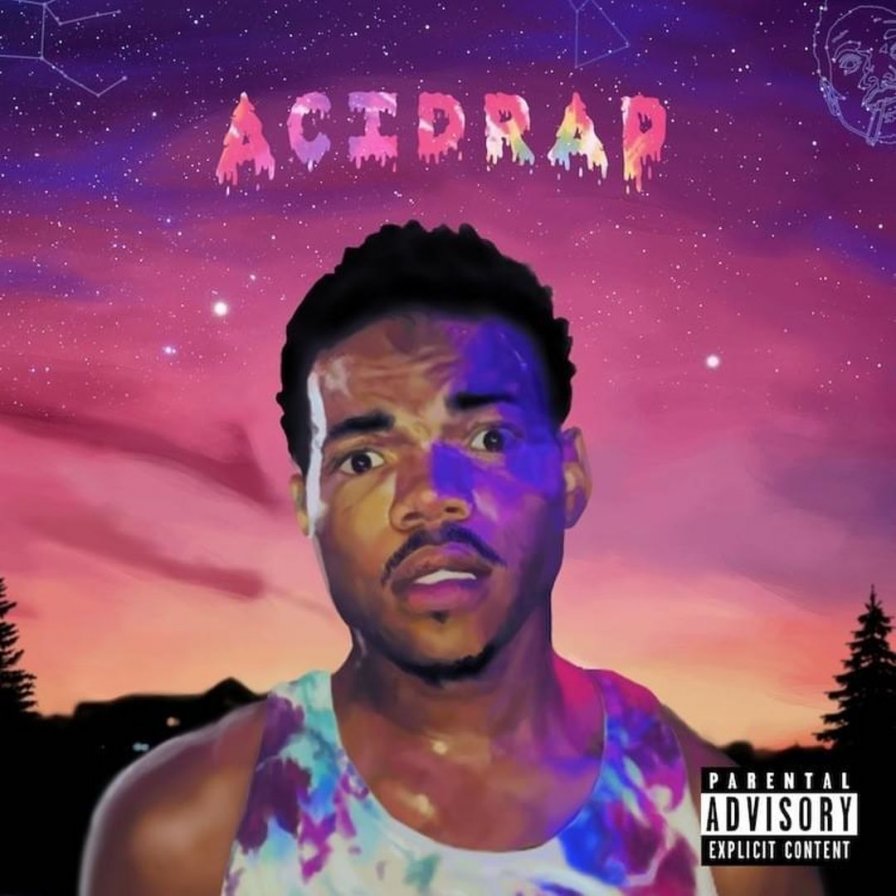
No longer encumbered by the Chicago public school system and its draconian suspension policy, the 20-year-old Chancelor Bennett finally ran free on the celebratory Acid Rap. Here we saw Chance hopped up on xans and lysergics, pummeling through dalliances of footwork, boom bap, and soul with the energy of a grade schooler and the stamina of a marathon runner. The drugs fueled him, of course, but so did the trappings of his childhood that lingered in his not-so-distant past. Yet the Rapper’s musings on Rugrats VHS tapes and D4L MP3s could only propel him so far. “Acid Rain” was the mixtape’s comedown, the moment Chance realized his heroes fell from grace long ago and that he’d outlived some of the role models who provided guidance through the violence and acrimony permeating his beloved Chicago. Still young enough to know where to seek respite, Bennett closed out his triumphant sophomore record with a loving voicemail from his father. Acid Rap captured a significant moment in Chance the Rapper’s life, one in which he had to reconcile the compulsion toward consequence-free adolescence and brace himself against rigors of adulthood. Every brat has to grow up some time; it can’t be all cocoa butter and grilled cheeses forever.
Dawn Richard
Blackheart
[Our Dawn; 2015]
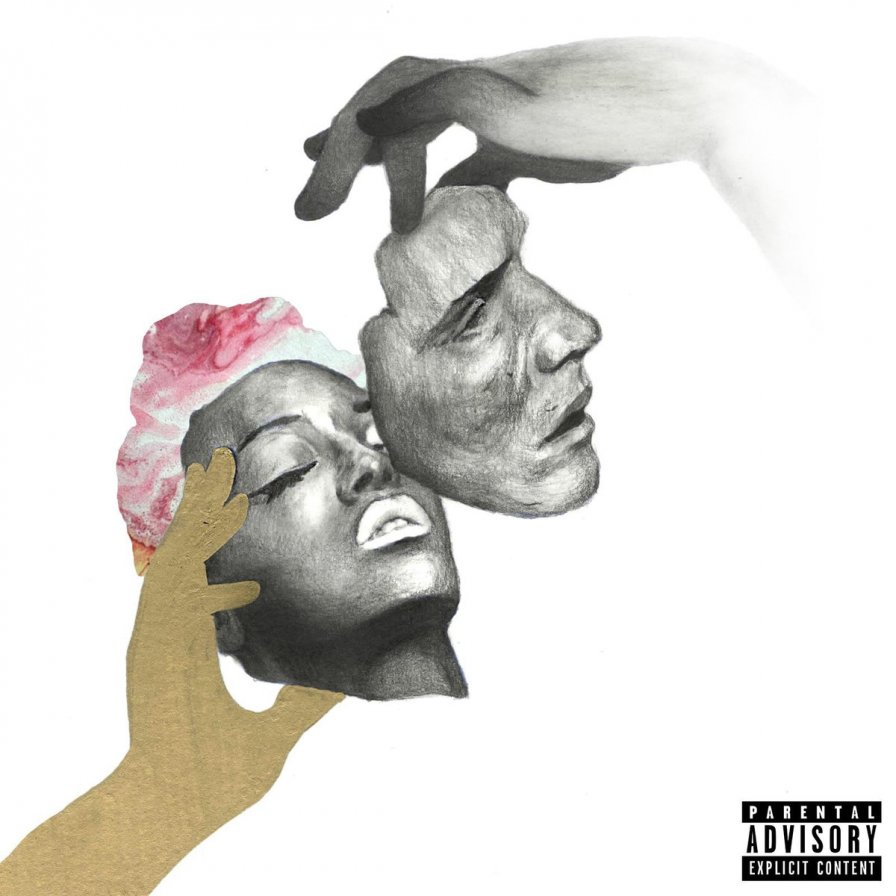
“I thought I lost it all,” sang Dawn Richard in the opening seconds of Blackheart. And she almost did. Blackheart was a creative gamble of a record that the former girl group star struggled to even get made, but when it was finally released, it hit with the catharsis and ecstasy of winning a jackpot. The album overflowed with strokes of genius, from the tripping-over-itself breakbeat rush of “Calypso” to space R&B sprawl like “Adderall/Sold (Outerlude)” to the twin pop epics of “Warriors” and partial Danity Kane-reunion “Phoenix.” Richard nailed every moment with a commitment and confidence, only amplified by the label and financial setbacks she fought through. It was one of the most inspiring and genuinely transcendent moments in pop music, an artist reclaiming their story in the face of a skeptical industry and becoming the star they were destined to be.
Diddy - Dirty Money
Last Train To Paris
[Bad Boy; 2010]
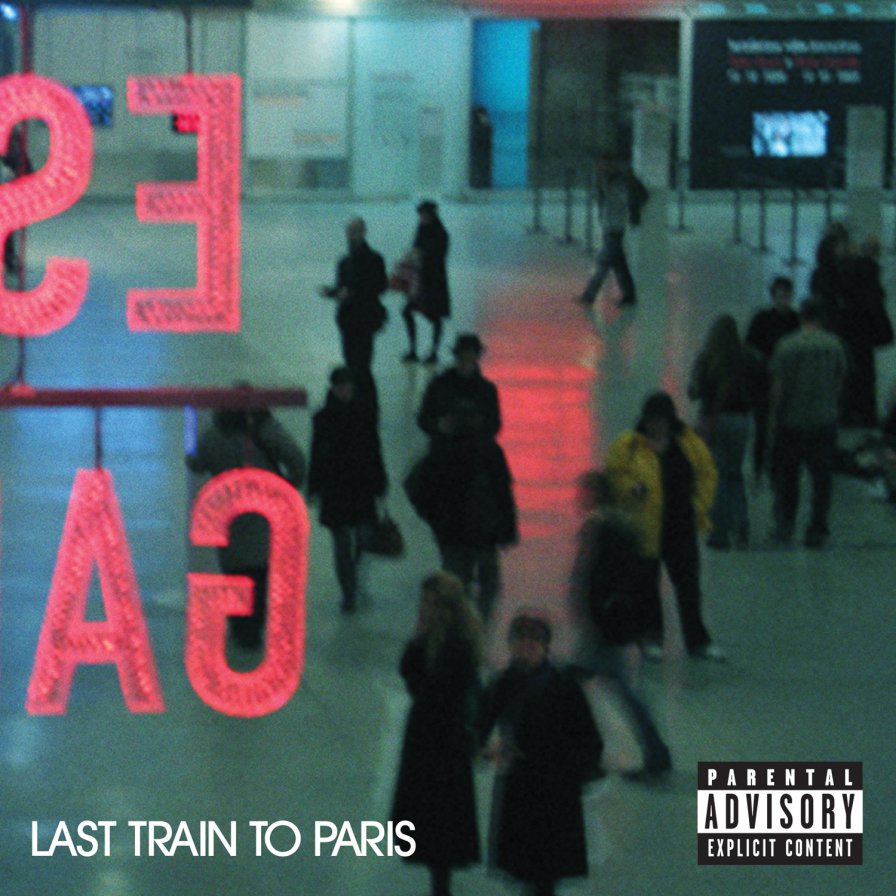
Absent from the virtually non-existent critical discourse on Last Train to Paris was any mention of My Beautiful Dark Twisted Fantasy. The two came out about a month apart and, in retrospect, have no business being considered independently of one another (oft-overlooked in discussion of the latter’s self-absorbed grandiosity is that it was the style of the time). They’re not so much comparable as they are equally beyond compare: the outros of “Your Love” and “Ass On The Floor” were not reminiscent of specific tracks from MBDTF but rather entirely impossible to imagine on any other album. Ostensibly, Paris’s narrative was more robust, but one could be forgiven for not realizing that the songs were in any way thematically connected. Instead, the album functioned as an alternative, show-not-tell approach to Kanye’s mildly over-appreciated point: fame’s not that tight. How, in 2010, could Diddy’s itch for recognition possibly have remained unscratched? No one asked, but Last Train To Paris answered.
(Justice for Dawn Richard, in this writer’s mind the essential artist of the decade, for turning her Dirty Money clean; justice for Shawty Redd, who was ahead of everybody).
We are celebrating the end of the decade through lists, essays, and mixes. Join us as we explore the music that helped define the decade for us. More from this series
